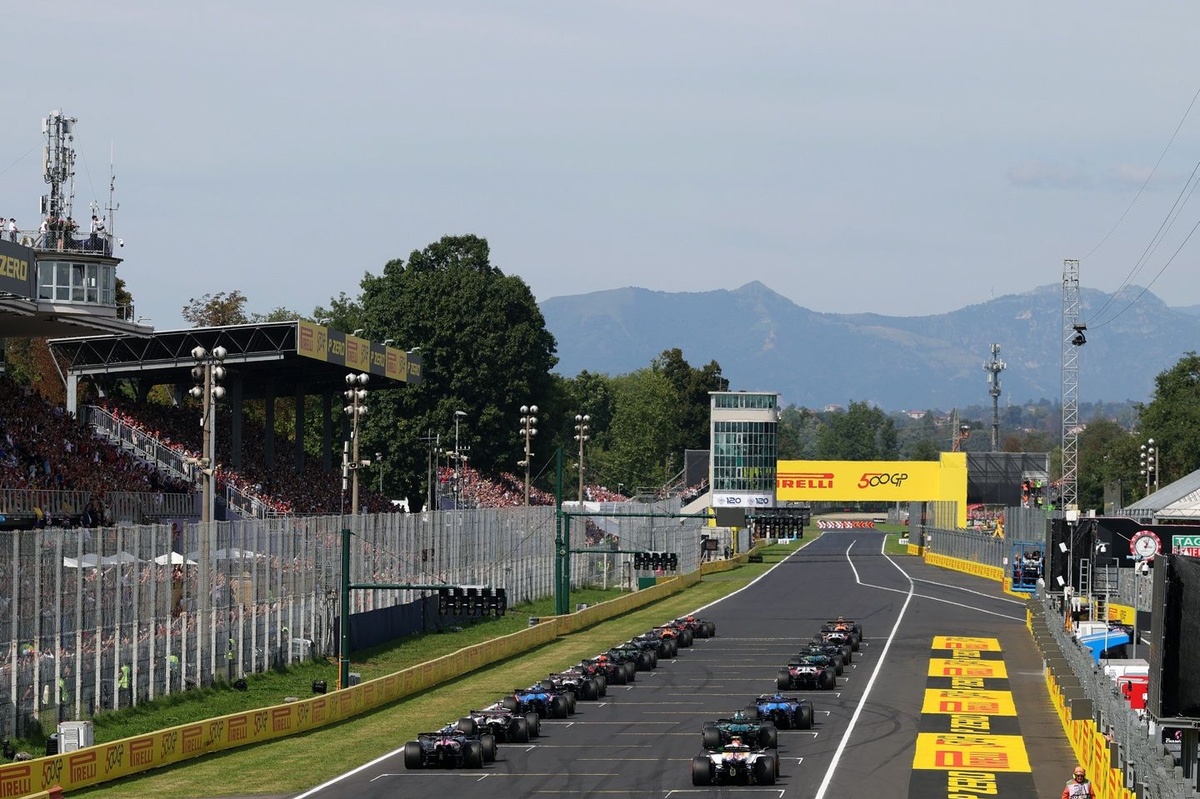With in-season testing of current machinery tightly restricted, ‘Testing of Previous Cars’ (TPC) has become an essential tool in modern Formula 1. The programme is back in the headlines as Romain Grosjean prepares to sample F1 machinery again with Haas at Mugello — his first time in a Grand Prix car since the 2020 Bahrain Grand Prix.
What is TPC?
TPC allows teams to run older-spec cars under defined conditions, offering valuable mileage for drivers and operational staff without breaching the strict limits placed on contemporary chassis. It’s a way to sharpen procedures, integrate personnel and give drivers seat time when filming days and simulator work aren’t enough.
Why teams use it
From practice starts to tyre and systems understanding, the benefits are practical: TPC offers real-world feedback and repetition that simulators can’t fully replicate. It also provides a pathway for experienced drivers to reacclimatise and for prospects to build familiarity in a lower-pressure environment.
Grosjean’s F1 return with Haas
The Frenchman will run at Mugello as part of a TPC programme with his former team, a poignant milestone given his well-documented 67G crash at Sakhir in 2020. The test is an opportunity to close a chapter with controlled mileage and to showcase the ongoing utility of TPC in the current regulatory era.
The bigger picture
As regulations continue to limit on-track testing with current cars, expect TPC to remain a staple of F1’s preparation toolkit — a proving ground for drivers and teams to stay sharp between race weekends.

